Girls’ Access to Education: Bringing the First Schools to Remote Villages
Pakistan has one of the lowest literacy rates and the second-largest out-of-school population worldwide. The greatest impacts of those missed educational opportunities are felt by Pakistan’s girls and women — especially in outlying, mountainous areas of the country. Widespread poverty, early marriage norms, and a lack of safe or accessible school infrastructure create stark inequalities in girls’ access to education; in rural Balochistan, for example, the female literacy rate is a shocking 2%.
Instabilities in Pakistan’s social and political landscapes pull limited government resources away from areas like education. Over the past decade and a half, the government has worked with its finite resources to increase all children’s access to free, standardized, compulsory education. But with national volatility and the current decentralized nature of the government, educational policies and opportunities vary widely between districts. Eventually, high-quality public schools across the country are the hope for a better, more secure future. In the meantime, private religious education and other privatized schools attempt to fill the gap.
The ripple effects of girls’ access to education
Central Asia Institute recognizes that educating women and girls has a ripple effect on the communities, economies, and future opportunities of developing nations. Educational opportunities for individuals eventually lead to better standards of living for all. Of course, there are strong moral reasons for the importance of increasing girls’ access to education. In addition, there are clear tangible imperatives: every 1 percent increase in female education creates a .3 percent increase in economic growth. For Pakistan, where regional conflicts have stemmed from socioeconomic exclusion, those numbers add up with great significance.
Planting a Seed For Future Generations
In the Gilgit-Baltistan region of northern Pakistan, Central Asia Institute has had “boots on the ground” for more than twenty years. In 1998, a local businessman named Saidullah Baig discovered the vision of CAI. He felt inspired to improve girls’ access to education in his hometown and the valley of Chapursun, near the border with China. The following year, Mr. Baig helped CAI install a well, which he calls “the first seed of CAI in Chapursun; a seed which has become a fruitful tree, for thousands of people in over seven districts of Gilgit-Baltistan.”
Central Asia Institute has long understood that safe learning conditions are often the most pressing aspect of increasing schooling access. But in remote, economically-starved villages, building well-equipped, free-standing schools can carry prohibitive costs. Mr. Saidullah Baig, who spent years his childhood walking 4-5 hours a day in order to attend school, is no stranger to the hardships of the difficulties of pursuing an education in remote Pakistan. And moved by his own childhood experiences, Mr. Baig is working to provide a new, innovative solution.
The Darel Homeschool Project
In the beautiful valley of Darel, which winds through the epic Hindu Kush mountains, Saidullah Baig has been planting homeschools. Darel, in the Daimer District, has a female education rate of just 5-10%. The result of the concerted efforts of Saidullah, local religious leaders, government officials, and with funding from Central Asia Institute, six homeschools have been opened in just two years; two for each of the three Darel Valley tribes. With continued support from CAI donors, the Darel Valley homeschool program hopes to expand, planting homeschools in more villages, and eventually converting them to traditional schools where girls’ access to education will be guaranteed for years to come.
Great demand exists for this innovative program. With a population of nearly 70,000, the Darel valley needs 50-70 homeschools to serve its entire population of school-aged children. CAI is pioneering female education in this remote and conservative area and bringing much-needed opportunities to thousands of people, girls and boys alike.
In Saidullah’s words, “After I closed my business to focus on CAI full time, we were able to make big impacts on remote Pakistani villages thanks to the organization’s support. In 2009, we brought schools to the Ghizar District, the most remote area in the country. In 2011, CAI brought educational opportunities to the Broghil Valley of the Chitral District, where before, no formal school existed, not even for boys. In Darel, where girls’ literacy and access to schooling is very low, one of our biggest challenges was finding educated female teachers. In the summer of 2019, CAI will fund the training of three women, all future Darel teachers, in the city of Gilgit, inshahallah (God willing). Over the years, CAI has expanded its educational reach from just one district to seven (District Hunza, District Nagar, District Gilgit, District Astore, District Diamer, and District Chitral). Today, we have over 100 projects serving thousands of previously-ignored people in the Gilgit-Baltistan region. I’m proud to look back at the past twenty years and see the differences we’ve made in improving girls’ access to education in Pakistan.”
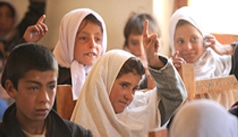
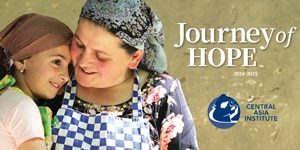

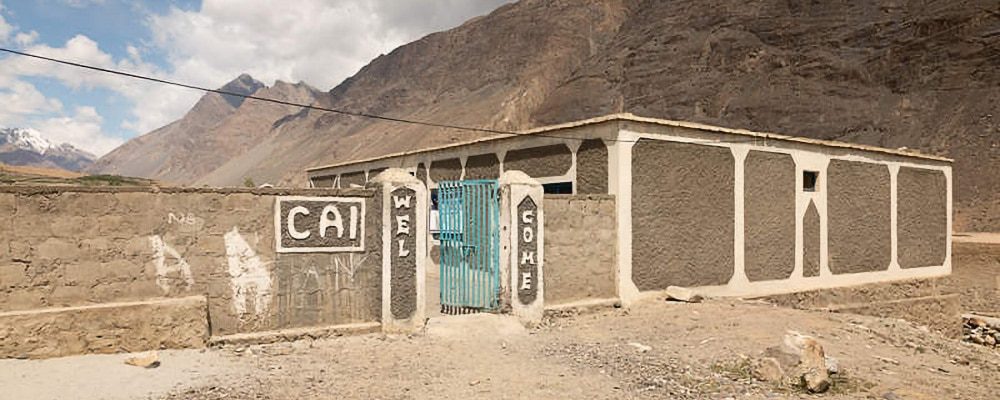


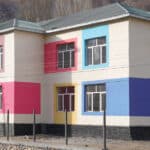
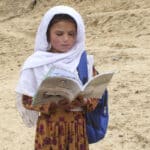
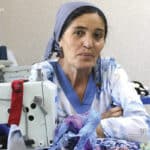
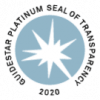


2 responses to “Girls’ Access to Education: Bringing the First Schools to Remote Villages”
I worked in Islamabad 1year 1997-98.teaching two classes of English to 40. Total Afghan Women and relating to their families. Great experience!
Sounds like an amazing experience, Carol!